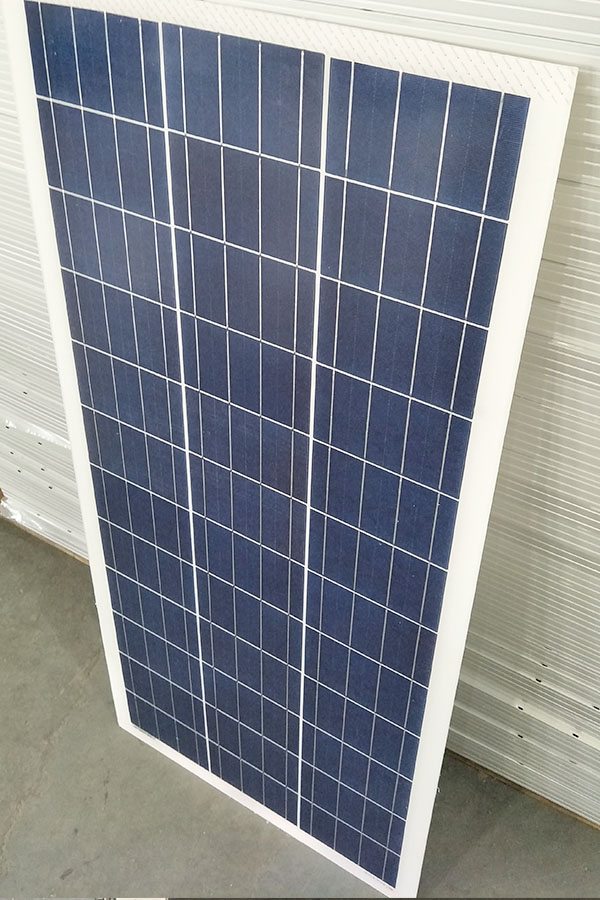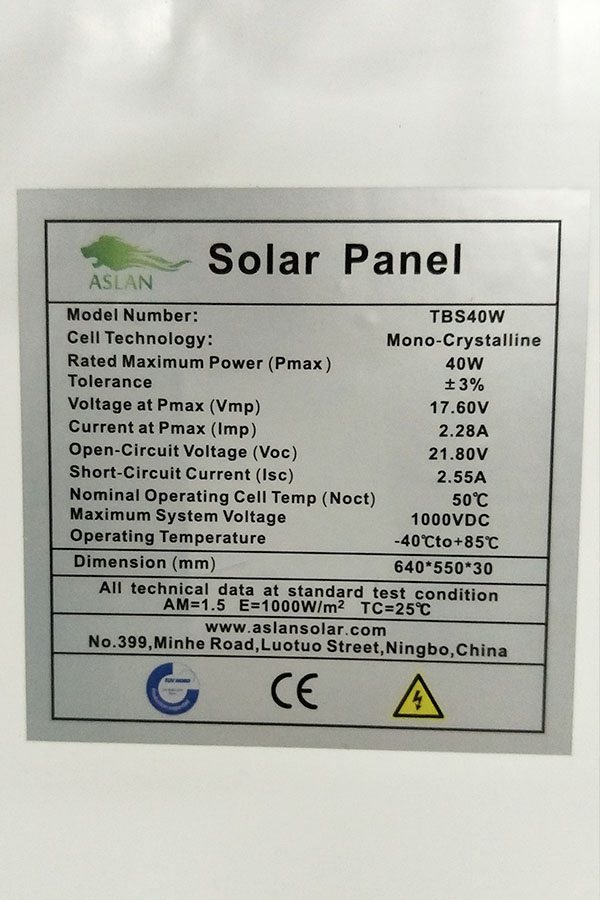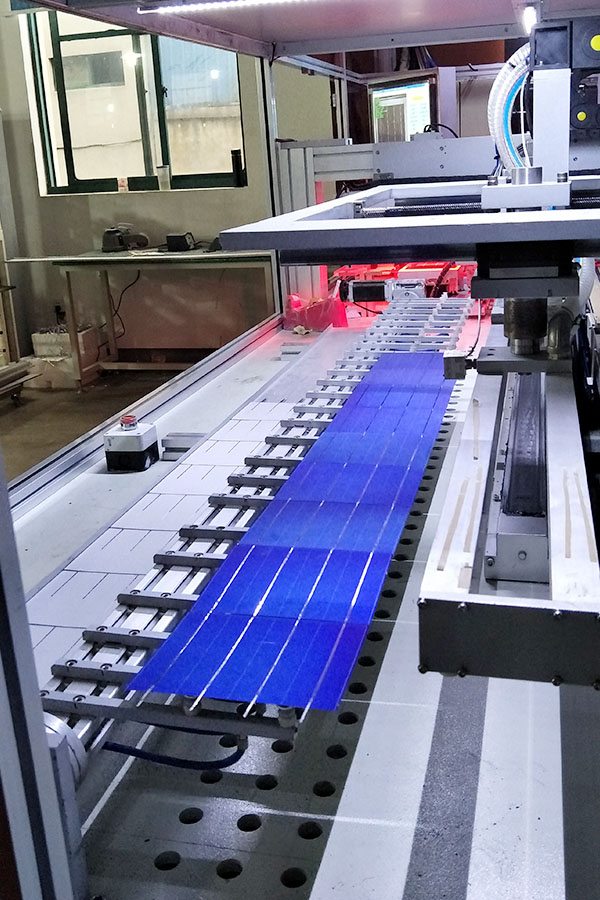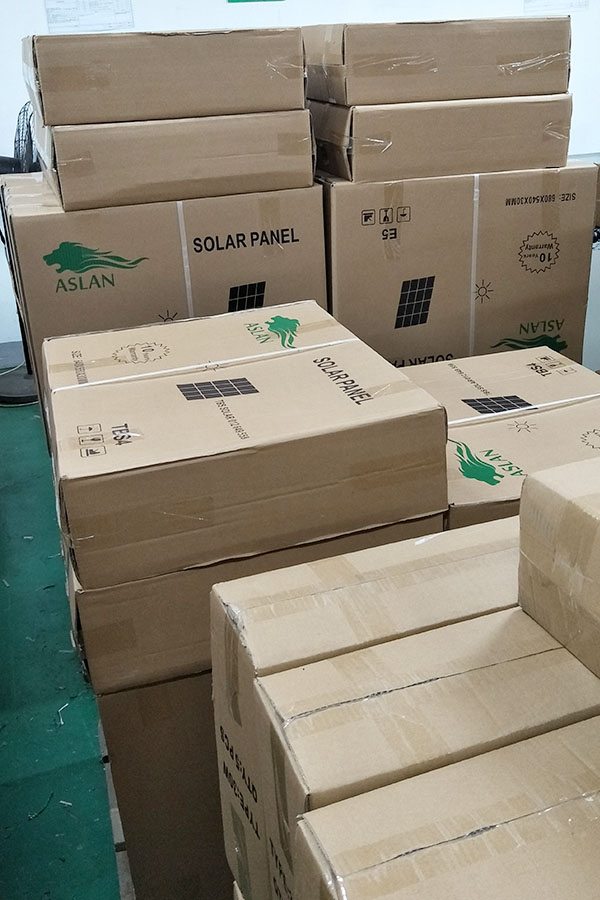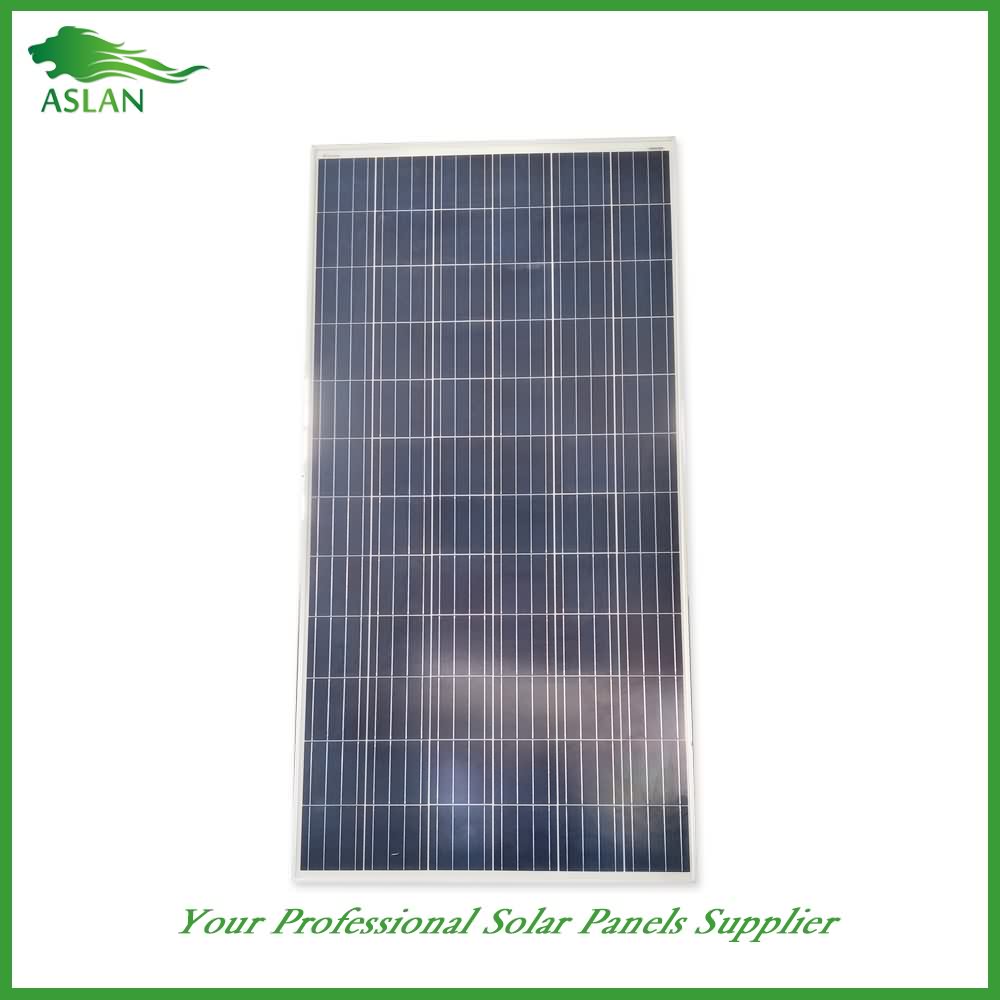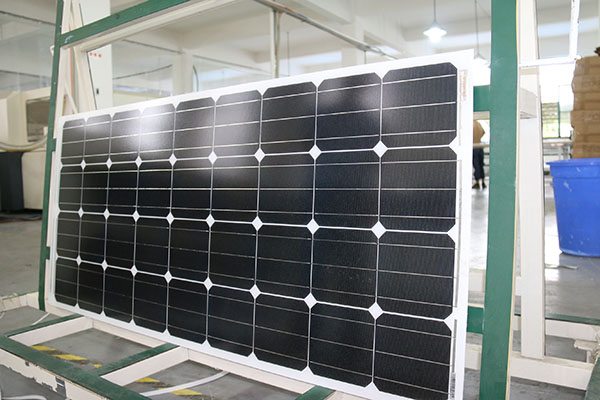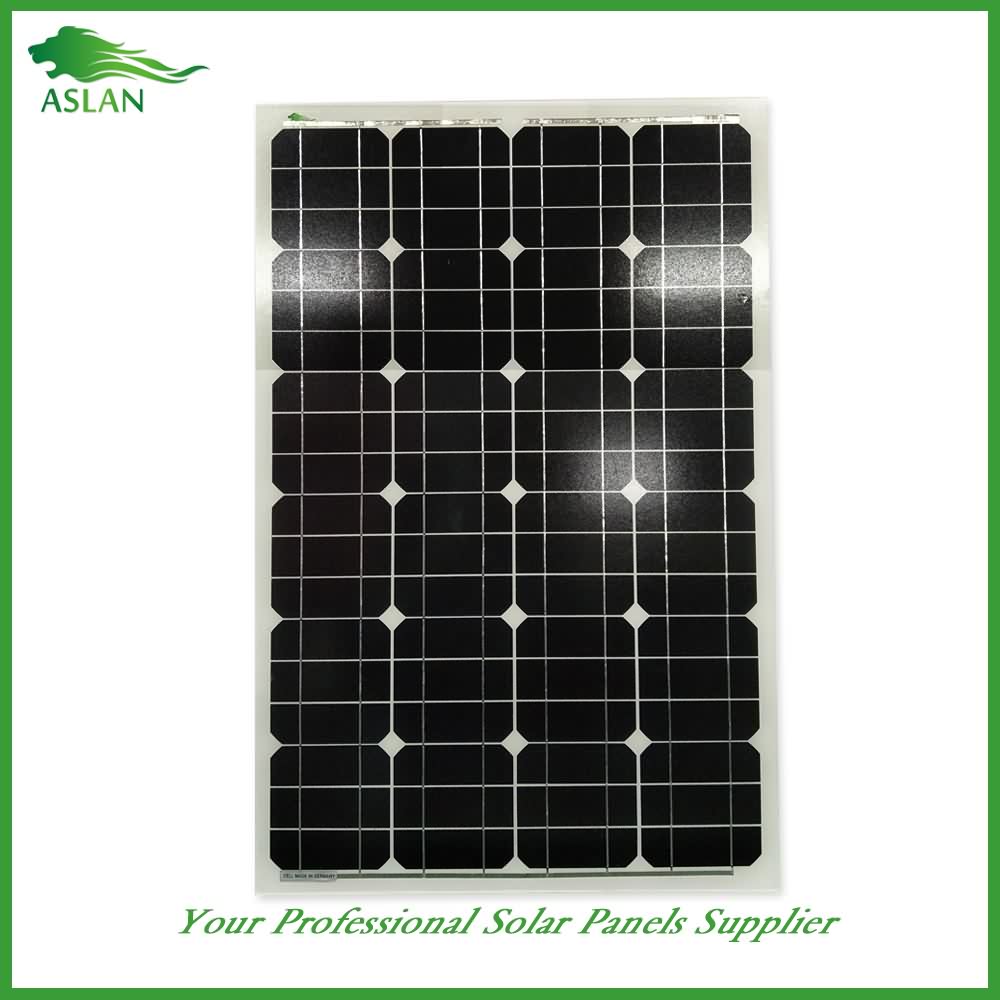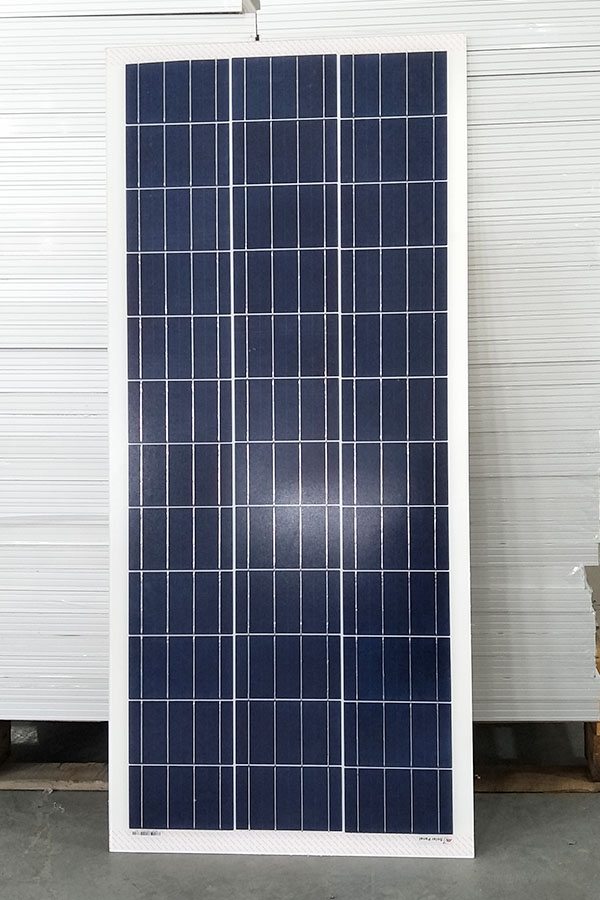Hot sale good quality Poly-crystalline Solar Panel 80W Factory for Wellington
Short Description:
abide by the contract", conforms to the market requirement, joins in the market competition by its high quality as well as provides more comprehensive and excellent service for clients to let them become big winner. The pursue of the company, is the clients' satisfaction for Hot sale good quality Poly-crystalline Solar Panel 80W Factory for Wellington, We warmly welcome friends from all walks of life to seek mutual cooperation and create a more brilliant and splendid tomorrow.
Poly-crystalline Solar Panel 80W
Technical parameter
Maximum Power(W) 80W
Optimum Power Voltage(Vmp) 18.13V
Optimum Operating Current(Imp) 4.70A
Open Circuit Voltage(Voc) 21.79V
Short Circuit Current(Isc) 5.16A
Mechanical Characteristics
Cell Type Poly-crystalline 156x104mm (6 inch)
No of Cell 36 (4x9pcs)
Dimensions 1008x678x35mm
Weight 8.3KGS
Front Glass 3.2mm,High Transmission, Low Iron,Tempered Glass
Junction box IP65 Rated
Output Cable TUV 1×4.0mm2/UL12AWG,Length:900mm
Temperature and Coefficients
Operating Temperature(°C): -40°C ~ + 85°C
Maximum System Voltage: 600V(UL)/1000V(IEC) DC
Maximum Rated Current Series: 15A
Temperature Coefficients of Pmax: -0.435%
Temperature Coefficients of Voc: -0.35%
Temperature Coefficients of Isc: 0.043%
Nominal Operationg Cell Temperature (NOCT): 47+/-2°C
Materials of solar panel
1).Solar Cell——Poly-crystalline solar cell 156*104mm
2).Front Glass——-3.2mm, high transmission, low iron, tempered glass
3).EVA——-excellent anti-aging EVA
4).TPT——-TPT hot seal made of flame resistance
5).Frame——anodized aluminum profile
6).Junction Box——-IP65 rated, high quality, with diode protection
Superiority: high quality anodized aluminum frame, high efficiency long life, easy installation, strong wind resistance, strong hail resistance.
Features
1. High cell efficiency with quality silicon materials for long term output stability
2. Strictly quality control ensure the stability and reliability, totally 23 QC procedures
3. High transmittance low iron tempered glass with enhanced stiffness and impact resistance
4. Both Poly-crystalline and Mono-crystalline
5. Excellent performance in harsh weather
6. Outstanding electrical performance under high temperature and low irradiance
Quality assurance testing
Thermal cycling test
Thermal shock test
Thermal/Freezing and high humidity cycling test
Electrical isolation test
Hail impact test
Mechanical, wind and twist loading test
Salt mist test
Light and water-exposure test
Moist carbon dioxide/sulphur dioxide
http://www.greenpowerscience.com/
This is a big 46″ parabolic mirror with a 1M focal length. The lens can reach about 2700F max collection. Not 100% sure about those figures yet as a mount is still needed and the mirror flexes a bit. Superheating steel wool creates surface nanoparticles when the wool turns bluish in color.
TRUE MIRROR, NOT MYLAR.
Table of Contents:
00:09 Introduction to Quantum Dots and Solar Energy Conversion Devices
01:59 Quantum Dots are Nanocrystal Semiconductors
05:28 Energy Usage in the United States
06:40 Potential Impact of Solar Energy Conversion
07:33 Different Wavelengths of Light Have Different Energies
08:43 Light Used is Important in QD-PV Characterization
10:03 Amount of Atmosphere Affects Incoming Photons Available
11:46 Quantum Dot Size Impacts the Band Gap Energy
14:14 Trade-offs Lead to the Shockley-Queisser Limit
15:13 Summary and Lecture Review
In this lecture, we describe the basics of what quantum dots are and how they can be applied to thin film photovoltaic technologies. In particular, we examine the unique properties of quantum dot materials and how these properties can be exploited by scientists and engineers to yield low-cost, light-weight solar modules capable of converting sunlight into electricity in a direct fashion. Additionally, the basics of solar cell characterization and light absorption are detailed and related to the band gap of quantum dot materials. Finally, the potential impact of solar technologies on the energy landscape of the United States is discussed.
This lecture is part of ENGR 132: Transforming Ideas to Innovation II.
On nanoHUB.org at: http://nanohub.org/resources/21815
